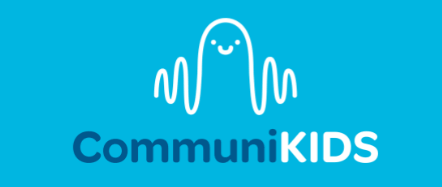Using Bubbles for Language Development
Many of us have things that can always be found in our bags. For some, it’s a notebook and pen. For others, tissues and band-aids. For many speech therapists, it’s bubbles. So why do speech therapists use bubbles so much? And how can parents use them at home?
The first question is easy. Bubbles are quick, easy and most kids love them! The act of blowing bubbles brings joy to many of the little ones that come through speech therapist’s offices (and joy to some adults as well!). Added bonus, bubbles are hard for little hands to open which makes it a great motivator to use language to request more!
Bubbles are also a great tool to use at home – there are so many different areas you can work on and bubbles are relatively cost effective too!
1. Language – More! Pop! Blow! There are so many words that young children can explore through bubbles. When children are engaged in an activity, they are much more likely to take in the words we’re trying to teach them. Blow the bubbles and comment on them as you and your child watch them float through the air.
Choose 1 – 3 words to specifically target or use a range of different ones. Repeat the word as much as possible (pop bubbles! Pop with your hand! Pop, pop, pop!) to help your child learn new words as they play with the bubbles.
Words to use: more, bubbles, open, shut, put in, look, pop, blow, go, my turn, your turn, messy, spill, big, little, wow, uh oh
2. Turn taking – Bubbles are a great way to explore early turn taking with kids. Blow the first lot of bubbles then hand the bubble wand over to your child. Once your child has blown bubbles, encourage them to hand the bubble wand back to you for your turn.
3. Cause and effect – A foundation skill for language is understanding cause and effect. Cause - your child says more. Effect – you hand over another piece of their favourite snack. Bubbles are a fantastic way to teach your child this early skill. When your child blows bubbles, they will get to see the effect of the bubbles coming out. For little ones who don’t yet have enough air strength to blow bubbles, try waving the wand around in the air to make some bubbles.
4. Sharing attention – Another early skill for children is being able to share attention on a game or object with another person. This is often referred to as ‘joint attention’. To build this skill, particularly with little ones who have very short attention spans, wait for your child to look at you or the bubbles before blowing. You can help them with this by saying their name, tapping the bubbles bottle or saying ‘bubbles’. As soon as they look, reward them by blowing the bubbles!
Remember, no matter what you are trying to encourage your child to do, the most important thing is that your child is having fun!

